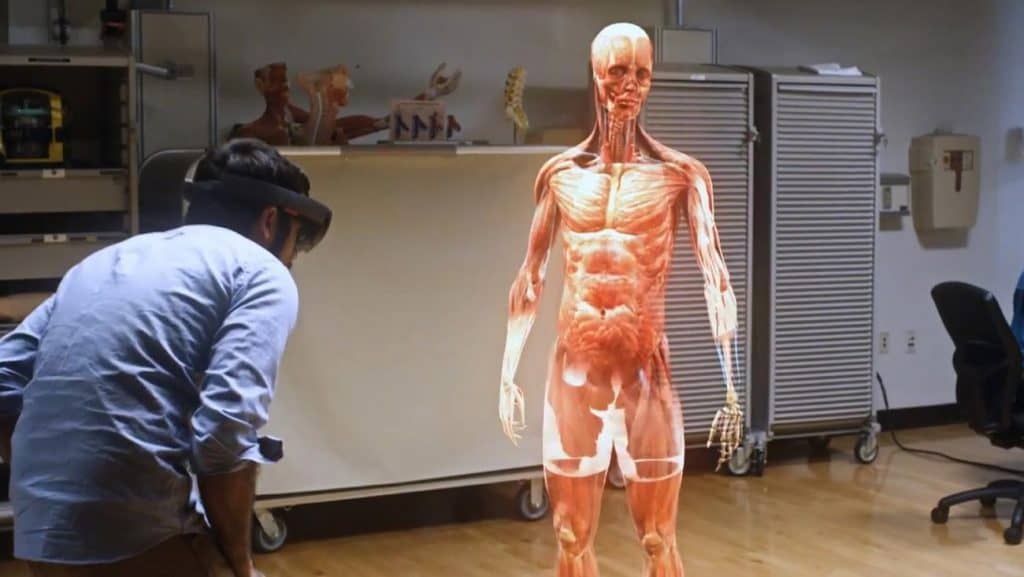Microsoft’s HoloLens allows the wearer to see three-dimensional holograms in his view of the real world. The augmented reality headset has previously been used by users to take a virtual tour of Mars but its latest use has been to guide British doctors perform lower limb surgeries.
A team from Imperial College London at St.Mary’s Hospital used the headset in procedures that were performed on five patients who required reconstructive surgery on their legs. All the patients underwent CT scans to obtain 3D images of the bones and blood vessels in the injured limb. During the surgery, those images were superimposed for the doctors on their view of the leg and it was like they could see through the skin.
This was of paramount help when they were transplanting flaps of skin and underlying tissue which were taken from other parts of the body to cover open wounds on the leg. The blood vessels within the transplanted tissue need to be connected to those at the wound site to provide the flap with oxygenated blood.
Normally, the blood vessels on the wound site are located by a handheld ultrasound scanner but using the HoloLens the surgeons were able to quickly and accurately find them by actually seeing where they were within the leg. The system works best on body parts like limbs because the CT scan image can be superimposed with relative ease.
It becomes harder if it needs to be used for wider areas such as the abdomen and it would require placing markers on the patient’s body that are present during the CT scan as well as the surgery. The project was led by Dr. Philip Pratt and the technology is now planned to be tested on a wider group of patients in multiple locations.
“There are a number of areas we would like to explore, and further improvements are needed, but the small case series has shown that for reconstructive surgery, this seems to be a valuable tool in the operating theatre,” said Pratt.
This technology will be a huge help to surgeons all around the world when it is commercialized.

